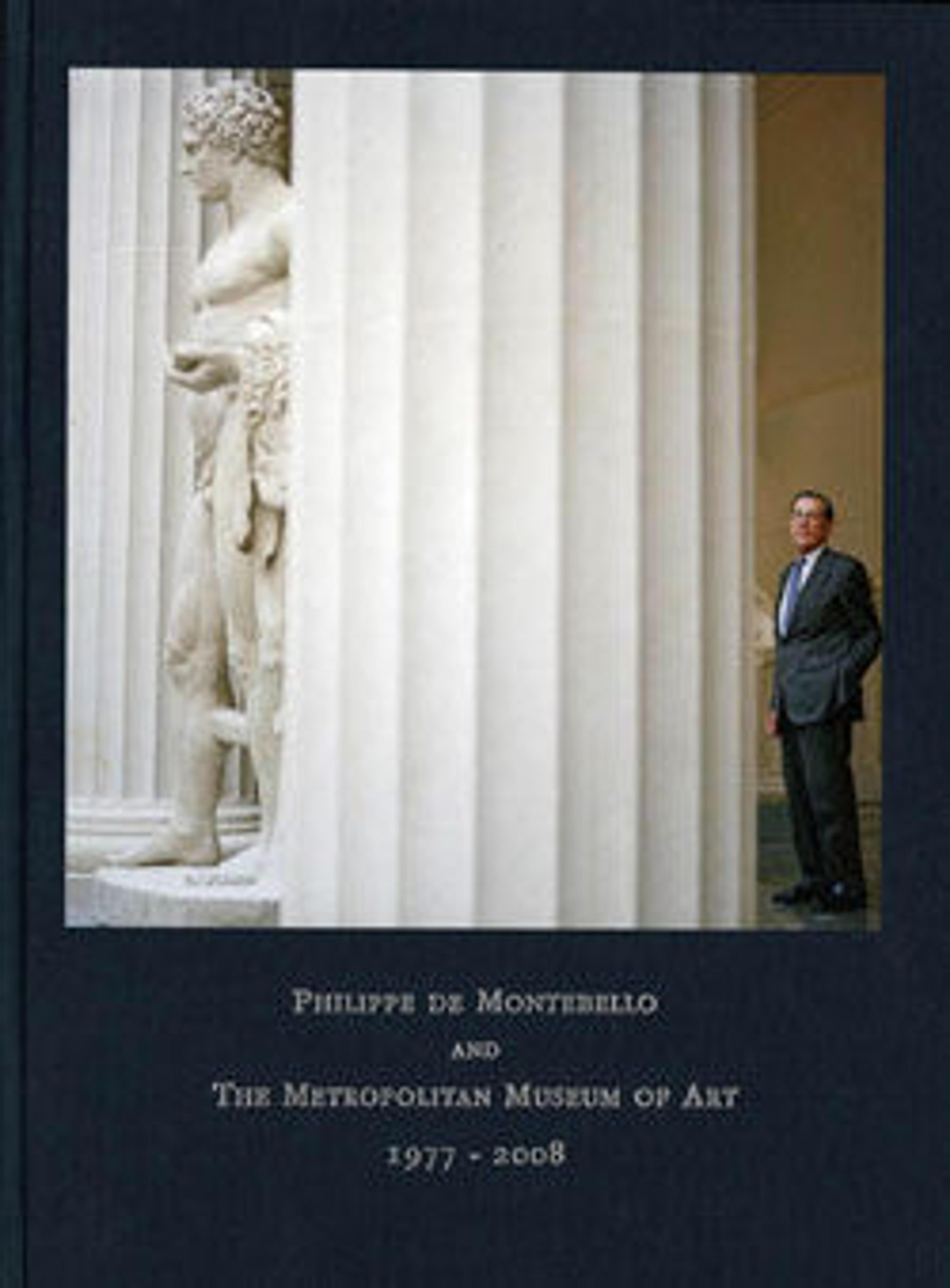Glass oinochoe (jug)
Semi-opaque pale blue.
Trefoil rim with beveled outer lip; concave, slightly oval neck, joining imperceptibly with ovoid body; applied splayed base ring on low concave pedestal, with broad flat edge around concave bottom; applied handle rising from body to edge of back of rim, with angular outer profile and central vertical rib, loop rising above rim with upward projecting thumb-rest.
On the neck, three angular vertical lines, one below the spout, and the other two at the sides below the handle, with two deep indents at sides of rim to form to trefoil mouth; on base ring, raised horizontal molding around base of body, a pronounced angular raised molding at top of base ring, and a band of three rounded raised horizontal lines forming molding at outer edge of base ring; on the carved handle: a raised diamond-shaped area at base of handle imitating an attachment plate; a flat diamond shape incised with two cross lines as base finial to handle; a recessed area at top of handle where it curves in towards rim; a thumb-rest in relief with central rib and tapering towards back of handle; at either side of handle on rim splayed wings with curving finials.
Intact, except for front of thumb-rest, which is chipped; dulling, some pitting of surface bubbles, and faint iridescence, with a patch of limy enrustation on underside of base ring.
This elegant jug, whose shape imitates that of a metal vessel, shows how quickly the newly founded Roman glass industry mastered its medium. It represents a masterpiece of glassworking, using techniques that are now only imperfectly understood. After it was applied as a rough blank, the jug's handle was cold-carved into its final form. Similarly, the rim has been tooled and carved, and the base was added and cut down on a lathe. A similar method, combining hot and cold working, must have been used to produce early Roman cameo glass, notably the British Museum’s Portland Vase.
Trefoil rim with beveled outer lip; concave, slightly oval neck, joining imperceptibly with ovoid body; applied splayed base ring on low concave pedestal, with broad flat edge around concave bottom; applied handle rising from body to edge of back of rim, with angular outer profile and central vertical rib, loop rising above rim with upward projecting thumb-rest.
On the neck, three angular vertical lines, one below the spout, and the other two at the sides below the handle, with two deep indents at sides of rim to form to trefoil mouth; on base ring, raised horizontal molding around base of body, a pronounced angular raised molding at top of base ring, and a band of three rounded raised horizontal lines forming molding at outer edge of base ring; on the carved handle: a raised diamond-shaped area at base of handle imitating an attachment plate; a flat diamond shape incised with two cross lines as base finial to handle; a recessed area at top of handle where it curves in towards rim; a thumb-rest in relief with central rib and tapering towards back of handle; at either side of handle on rim splayed wings with curving finials.
Intact, except for front of thumb-rest, which is chipped; dulling, some pitting of surface bubbles, and faint iridescence, with a patch of limy enrustation on underside of base ring.
This elegant jug, whose shape imitates that of a metal vessel, shows how quickly the newly founded Roman glass industry mastered its medium. It represents a masterpiece of glassworking, using techniques that are now only imperfectly understood. After it was applied as a rough blank, the jug's handle was cold-carved into its final form. Similarly, the rim has been tooled and carved, and the base was added and cut down on a lathe. A similar method, combining hot and cold working, must have been used to produce early Roman cameo glass, notably the British Museum’s Portland Vase.
Artwork Details
- Title: Glass oinochoe (jug)
- Period: Early Imperial, Augustan or Julio-Claudian
- Date: late 1st century BCE–early 1st century CE
- Culture: Roman
- Medium: Glass; cast and blown, tooled, and cut
- Dimensions: H. 7 1/8 in. (18.1 cm); diameter 3 3/8 in. (8.6 cm)
- Classification: Glass
- Credit Line: Gift of J. Pierpont Morgan, 1917
- Object Number: 17.194.170
- Curatorial Department: Greek and Roman Art
More Artwork
Research Resources
The Met provides unparalleled resources for research and welcomes an international community of students and scholars. The Met's Open Access API is where creators and researchers can connect to the The Met collection. Open Access data and public domain images are available for unrestricted commercial and noncommercial use without permission or fee.
To request images under copyright and other restrictions, please use this Image Request form.
Feedback
We continue to research and examine historical and cultural context for objects in The Met collection. If you have comments or questions about this object record, please complete and submit this form. The Museum looks forward to receiving your comments.
